In the Footsteps of Giants: The Top 10 World War II Sites in Europe
9 min readThe Second World War was the most significant geopolitical event of the modern era. The vibrations of WWII will be felt for generations to come. When you look around the globe right now and consider the world’s ills, you can find the roots of it in WWII.
It was a truly global event. Men, women, and even children from over 70 nations fought and died in the world’s deadliest conflict. It was fought on every continent and over every ocean and largely shaped the world map as it stands today.
If you were alive between 1939 and 1945, you were most likely affected by the war somehow. And while no corner of the world was unaffected, it all started in Europe – just like the First World War.
Little surprise then that Europe is littered with WWII sites in all shapes, sizes, and places that tell small parts of humanity’s greatest moral and military struggle. From war graves and memorials to battlegrounds and ruins and thousands of museums, here are some of our favorite WWII sites and destinations in Europe.
What We Cover
- Best World War II Sites in Europe
- 1. Normandy, France
- 2. Auschwitz-Birkenau, Poland
- 3. Warsaw Ghetto, Poland
- 4. Anne Frank House, The Netherlands
- 5. Oradour-Sur-Glane, France
- 6. HMS Belfast, England
- 7. Arnhem, The Netherlands
- 8. Dunkirk, France
- 9. Augarten Flak Towers, Austria
- 10. Guernsey, Channel Islands
Best World War II Sites in Europe
1. Normandy, France
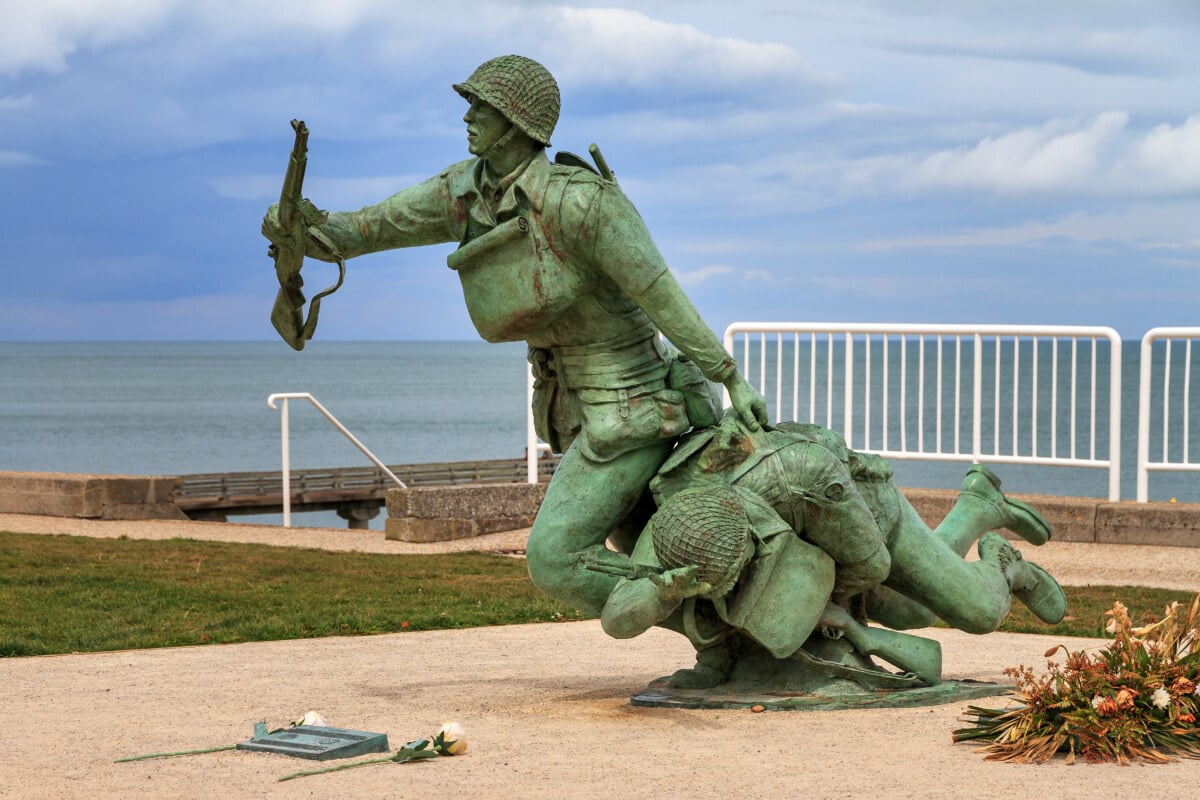
When thinking of WWII, one of the first images that pops into many peoples’ heads is men storming the beaches in Normandy on June 6, 1944. Selected for the Allies’ invasion of France, Normandy was chosen partly due to the relative sparsity of German defenses. It was also chosen because the Germans didn’t think the Allies would be stupid enough to land anywhere except Calais.
Despite difficult weather, failures to meet all day-one objectives, and projected losses in the tens of thousands, “Operation Overlord” was a huge success. At the time, it was the largest airborne assault in history and is still the largest amphibious assault in history.
Normandy is bursting with World War II sites, and most of the region’s tourist industry is geared around this. Normandy’s very easy to explore, with attractions offering English translations and tons of tours to choose from. Honestly, it’s easier listing places in Normandy that aren’t WWII sites, but here are a few of our top picks:
- Bayeaux and the Bayeux War Cemetery
- Bénouville and the Pegasus Memorial Museum
- Caen and the Caen Memorial Museum
- Gold Beach
- Juno Beach and the Juno Beach Center
- Omaha Beach, Omaha Beach Monument, and the Normandy American Cemetary
- Pointe-du-Hoc
- Sainte-Marie-du-Mont and the Utah Beach D-Day Museum
- Sword Beach
- Utah Beach
2. Auschwitz-Birkenau, Poland
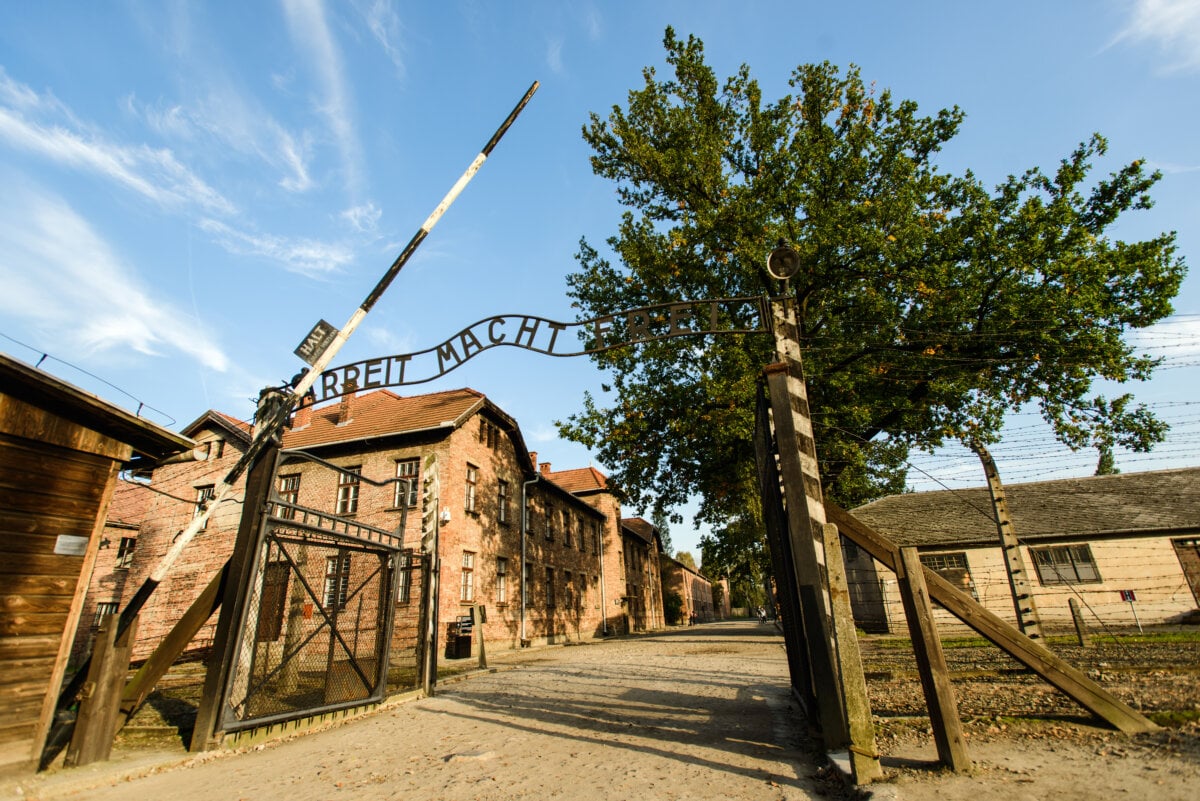
I’d argue that Auschwitz-Birkenau is the most important World War II site in the world. For anyone who’s been, it’s not a hard argument to make.
There’s a tangible tenseness here – as though nature remembers. From the mocking entry sign Arbeit Macht Frei (Work Sets You Free) to the gas chambers that exude evil, it lays bare the depths of human cruelty.
Often just known as Auschwitz, the concentration camp at Auschwitz-Birkenau near Krakow was the largest Nazi death camp. “Death camp” puts it mildly. Established as a place for political prisoners in 1940, Auschwitz literally became a human slaughterhouse.
Approximately 11 million were murdered during the Holocaust. It’s estimated that 10-11% of them died at Auschwitz, most in the gas chambers.
And not just murdered – but harvested. Hair was shaved and used to stuff mattresses; gold teeth were removed and smelted; human fat was used to make soap.
Auschwitz isn’t for the faint of heart but an essential destination for anyone. It demands huge respect. The Holocaust wasn’t the largest state-sponsored mass murder in history, but Auschwitz demonstrates the unnerving lack of humanity synonymous with the Nazi regime.
See Related: Warsaw vs Krakow: Which One Should You Visit?
3. Warsaw Ghetto, Poland
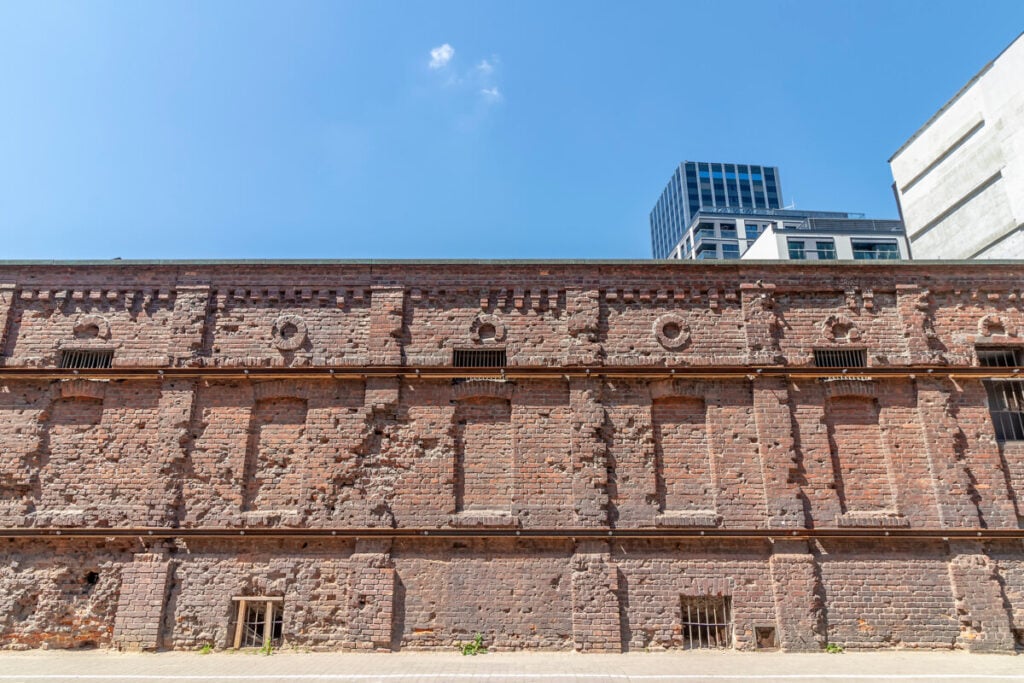
Following the German and Soviet invasion in 1939, Poland became a prison-cum-battleground until 1945 (with little improvement until 1990). Nowhere displays this better than the Warsaw Ghetto in the Polish capital. Here, Germans forcibly relocated and contained 300,000 to 450,000 Polish and European Jews, along with a few thousand anti-Nazi Catholics.
Walled into a space of less than 1.5 square miles, they awaited deportation to concentration camps. They were provided minimal supplies and left to their own devices.
Life in the Ghetto was rife with starvation and disease. Attempted escapees were executed.
Despite cramped conditions, the Ghetto organized its government, economy, and infrastructure, including education, medical, and food distribution systems. They also organized an armed resistance.
Armed by the British, the Polish resistance, stolen weapons from the Germans, and arms built in their underground factories, the Ghetto rose in 1943. In response, the Germans systematically razed the Ghetto, killing or deporting all.
Little of the original Ghetto remains, although some buildings have survived with scars still visible. There are also several memorials to the victims and the brave fighters who refused to submit.
4. Anne Frank House, The Netherlands
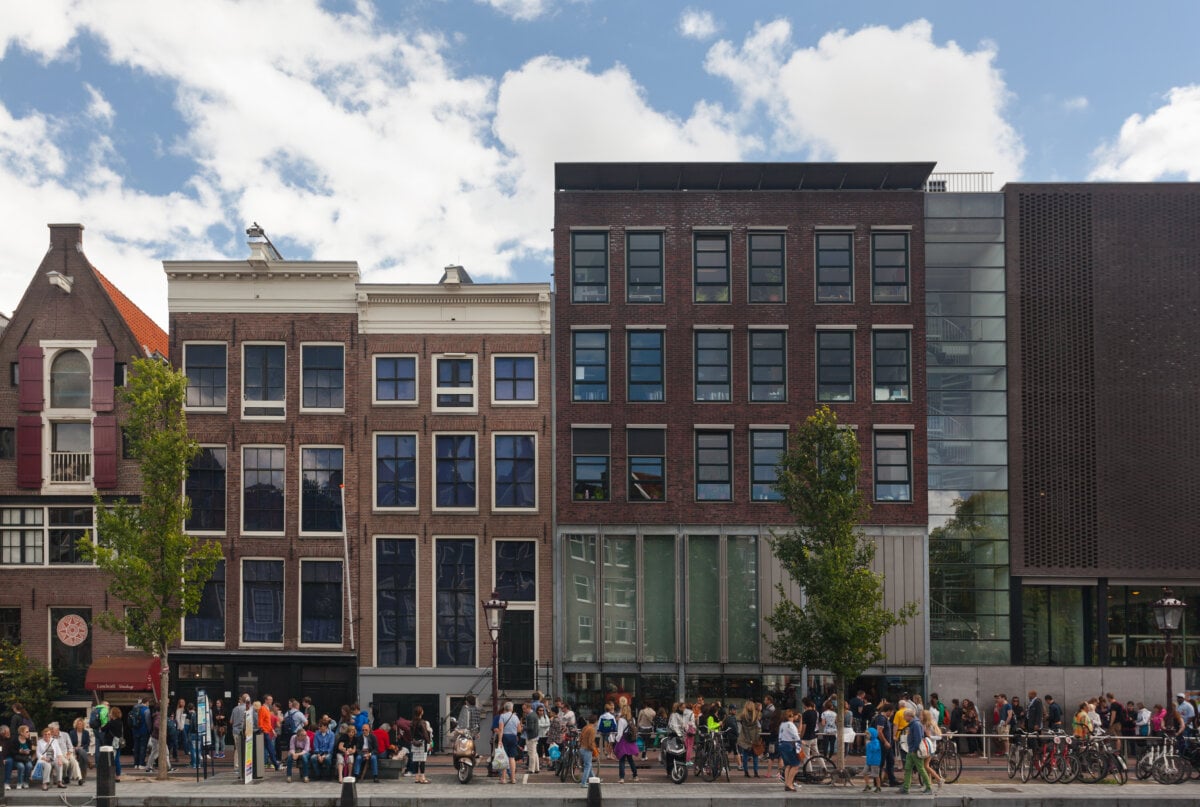
With victims in the millions, it’s hard to make sense of the Holocaust. One of the best places to put a human face on it and better understand this atrocity is the Anne Frank House in the Dutch capital of Amsterdam. Despite requiring tickets ahead of time at set time periods, this unassuming house museum sees over a million visitors annually.
Anne Frank never lived to see The Diary of a Young Girl published. This world-famous memoir was created from a series of scattered journals written by Anne, concerning her thoughts and feelings and life in hiding from the Nazis in what is now the Anne Frank House.
Fleeing persecution, the German Jewish Frank family found temporary refuge in Amsterdam before the Netherlands was overrun. Hiding along with four other Jews in a “secret annex” in the back of this canal house, Anne documented her experiences before they were betrayed, discovered, and sent to concentration camps. Only Anne’s father, Otto, survived.
5. Oradour-Sur-Glane, France
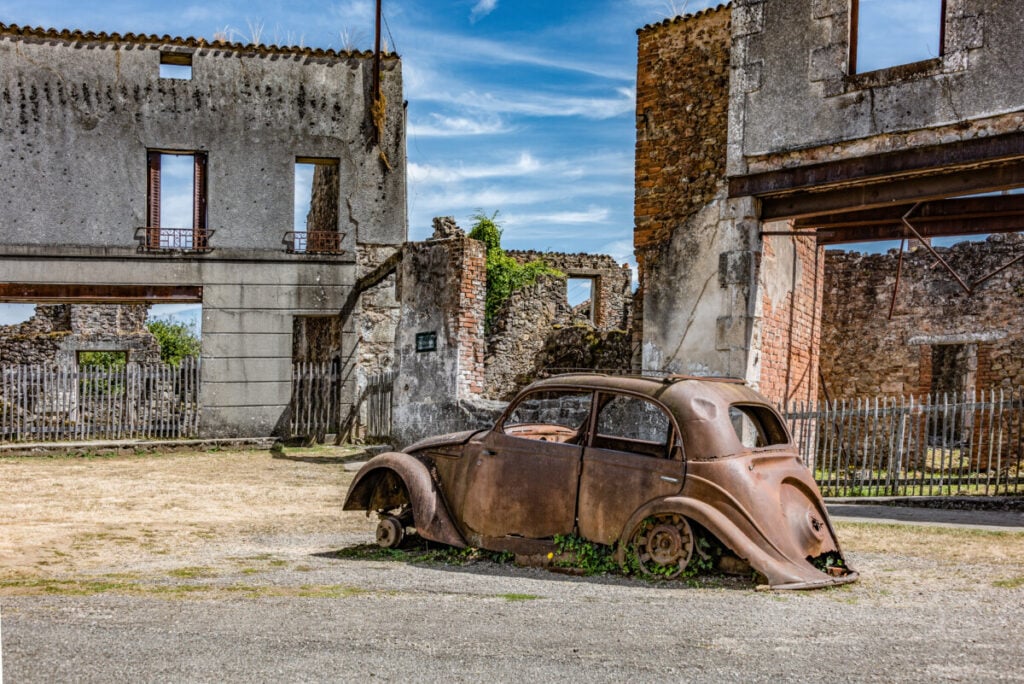
Oradour-Sur-Glane, in France, is another site of destruction at the hands of the Nazis. While larger cities like Berlin, Warsaw, and Coventry have rebuilt over their war damage, the French government decided to leave the village of Oradour-Sur-Glane as a grim memorial.
On June 10, 1944, an SS recon battalion surrounded the village, imprisoned the men in several barns, and corralled the women and children into the church. They then looted the village before machinegunning the men and burning anyone left. The SS then set fire to the church.
Of around 650 inhabitants, only six survived. The ruined village serves as one of the simplest and best reminders of Nazi cruelty.
6. HMS Belfast, England
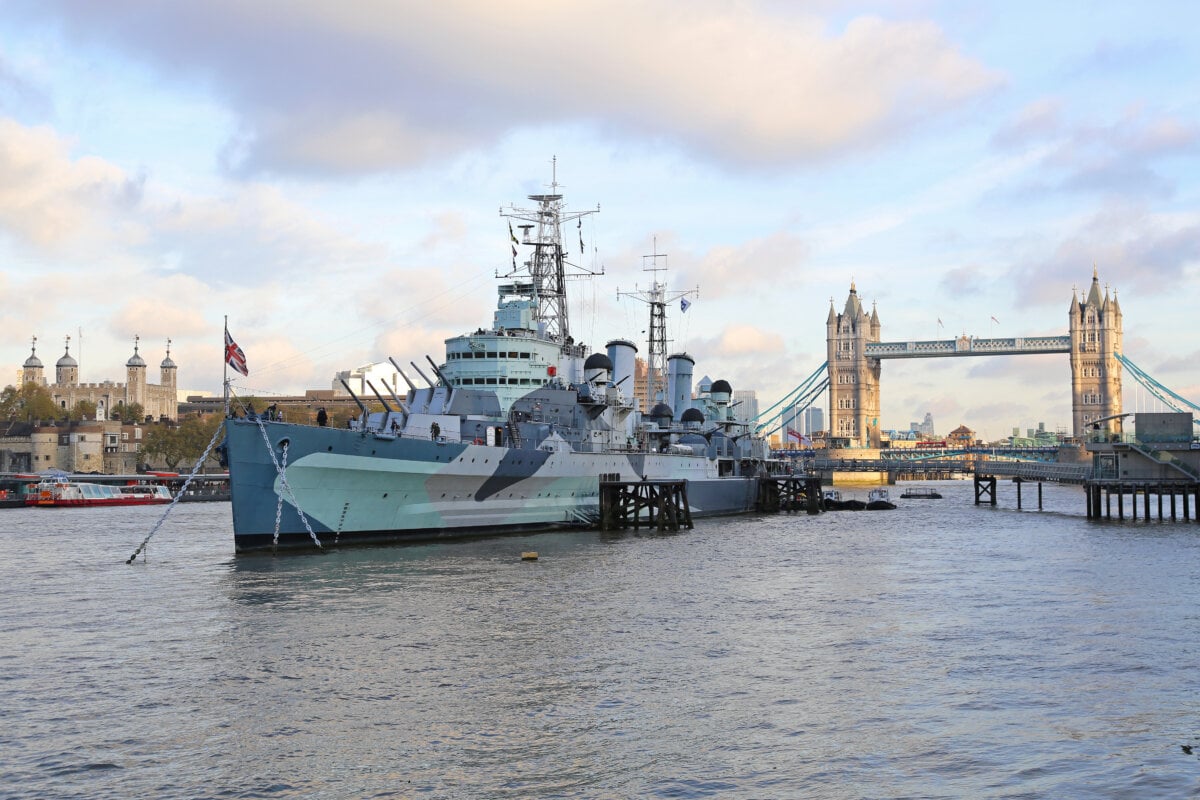
One of the most immersive World War II sites in Europe is moored on the Thames in London. HMS Belfast was the last Town-class light cruiser commissioned into the Royal Navy, seeing action throughout WWII and the Korean War. Following an uncertain fate, she was opened up as a museum ship in the 1970s.
Belfast’s career includes being mined, escorting Arctic convoys to the Soviets, and even bombarding German positions on D-Day. Her crowning achievement is serving as a flagship during the Battle of the North Cape in 1943.
Fought in the Barents Sea off the northern coast of Norway, Belfast and 12 other Allied ships attacked the German battlecruiser Scharnhorst and her escorts. Scharnhorst was destroyed, making safer waters for Allied ships bound for Murmansk and keeping the Soviets supplied and in the war.
This battle is depicted in Belfast’s fire control center, along with general life aboard ship, portrayed in great detail. Exploring the corridors, dioramas, and gun turrets of HMS Belfast is a unique window into maritime warfare during WWII and a great day out.
See Related: Best Military Museums in Europe
7. Arnhem, The Netherlands
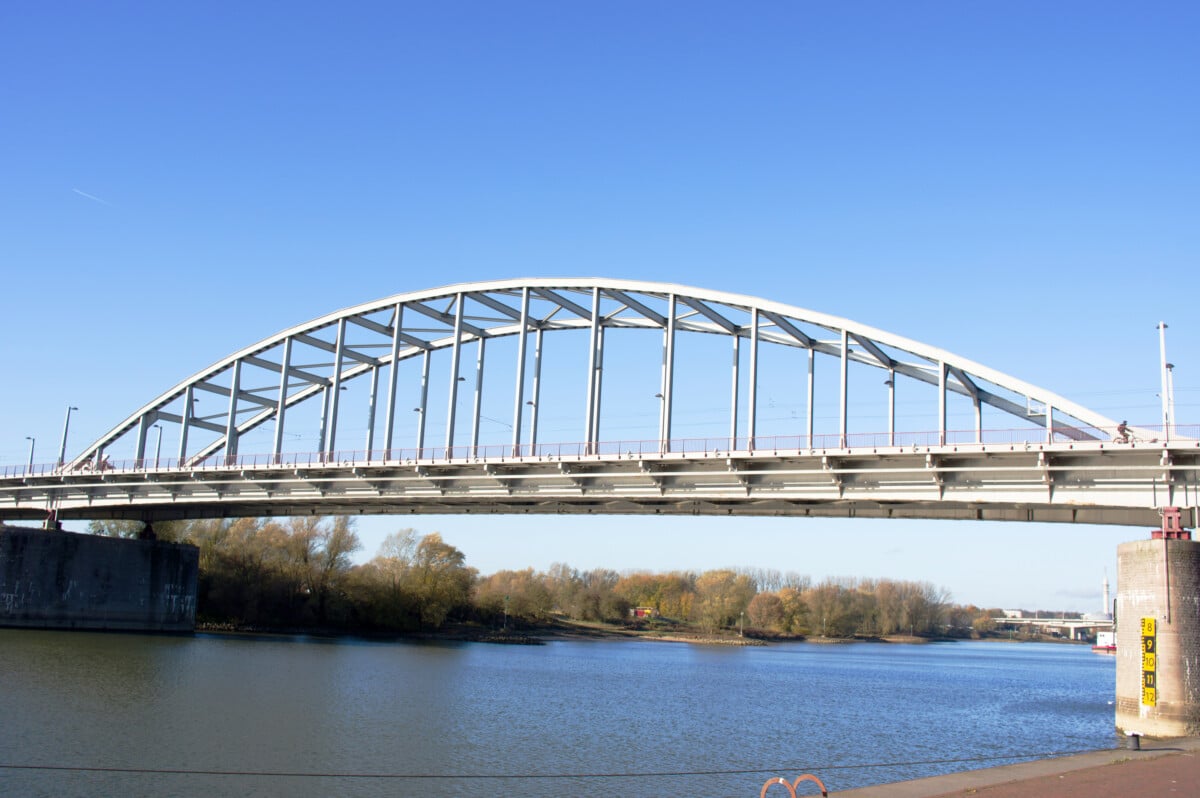
Arnhem is famous for its role in the ill-fated Operation Market Garden of September 1944. Intended to end the war in Europe by Christmas, Market Garden depended on Allied airborne troops capturing strategic bridges across rivers and canals in the Netherlands.
Arnhem had the final bridge over the River Rhine. Once captured, the Allies would charge hordes of tanks into Germany.
Capturing Arnhem fell to the British 1st Airborne Division and the 1st (Polish) Independent Parachute Brigade. Over 10,000 men were dropped a few miles from Arnhem, but only around 700 (mostly from 2 PARA) made it to the pivotal bridge.
There, 2 PARA held for four days, outnumbered and outgunned by German armored troops that “weren’t supposed to be there.” The battle raged for ten days, with British and Polish airborne troopers fighting for survival as they waited for relief.
Facing encirclement, mounting dead and wounded, and no ammunition, the British at Arnhem were forced to surrender. Of the 10,000 who came to Arnhem, nearly 2,000 would be killed, and around 2,000 would escape.
The Arnhem area is full of landmarks and attractions that help tell the story of this ferocious battle and the bravery of the locals and their would-be liberators. Here are some key sites:
8. Dunkirk, France
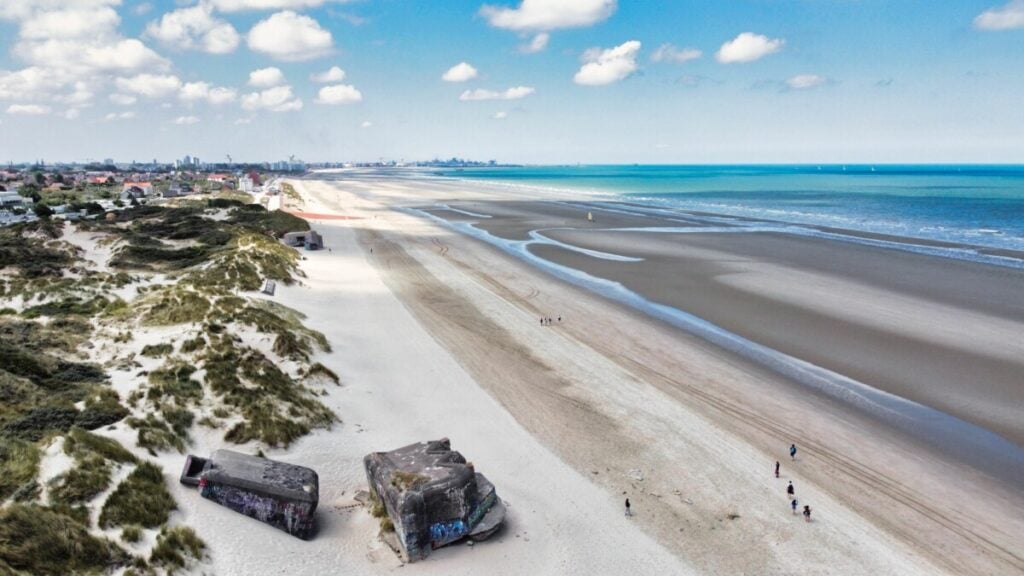
The evacuation of nearly 340,000 Allied servicemen at Dunkirk is the largest evacuation in military history and maybe the biggest mulligan in history. Above all, Dunkirk is a testament to the human spirit. Today, “Dunkirk Spirit” is still real in the UK: humor in adversity, the refusal to quit, and the will to carry on.
In May 1940, retreating Allied forces needed evacuation to England. The port town of Dunkirk became the point where the Royal Navy would conduct most of the evacuation.
But with German forces closing in, the Navy didn’t have enough ships to evacuate everyone. Operation Dynamo was a desperate request from the Navy, which called for civilian vessels to join the effort.
Over 500 civilian vessels joined a fleet of nearly 900. These “Little Ships” consisted of everything from fishing trawlers to riverboats, suffering the same risk of German air and artillery attacks.
Dynamo allowed Britain to stay in the war, keeping Germany from seizing the Mediterranean, North Africa, and the Middle East. This also meant Britain could keep the Soviets supplied when Hitler betrayed them. You can learn more about the evacuation at the Dunkirk War Museum, as well as the Dunkirk Town Cemetery.
9. Augarten Flak Towers, Austria
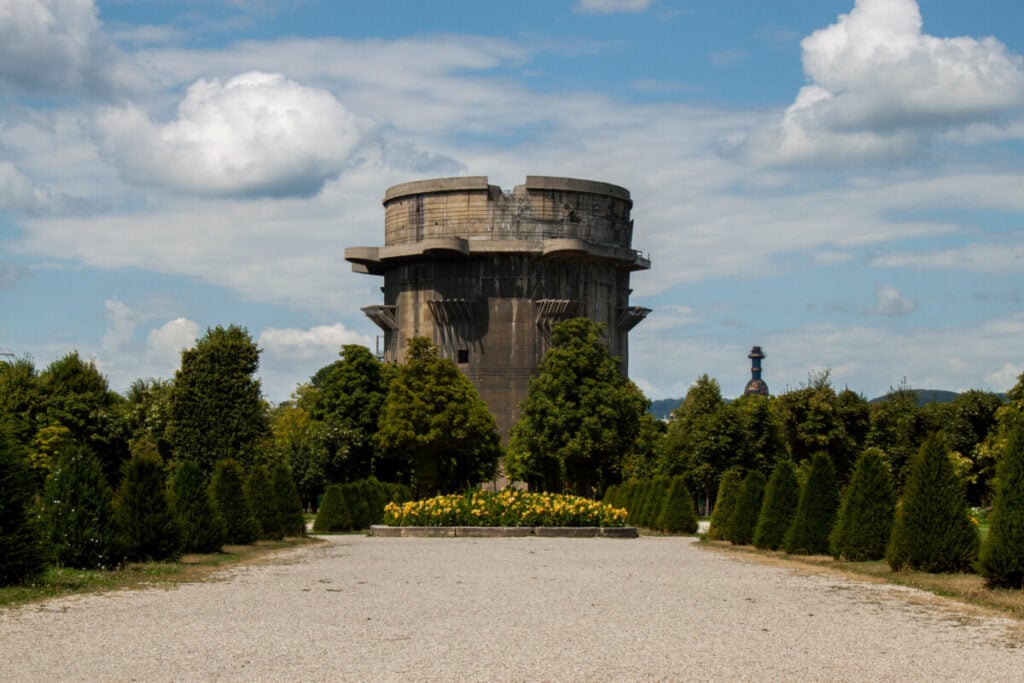
Vienna, Austria, has some staggeringly beautiful architecture. But it’s also home to the ugly round “G-Tower” and the square “L-Tower” at Augarten.
Star forts are considered the last true castle-style fort, but that title should belong to flak towers. These enormous concrete fortresses were built to protect population, manufacturing, and cultural centers from Allied bombing raids. They epitomize the grim military architecture found wherever the Nazis set down roots.
Augarten’s looming, ominous flak towers are the tallest at 55 meters. They’re awesome photo ops, completely juxtaposed by the gorgeous park and Augarten palace. Today, they’re used for storage, exhibitions, events, and art installations.
See Related: Best Day Trips From Vienna
10. Guernsey, Channel Islands
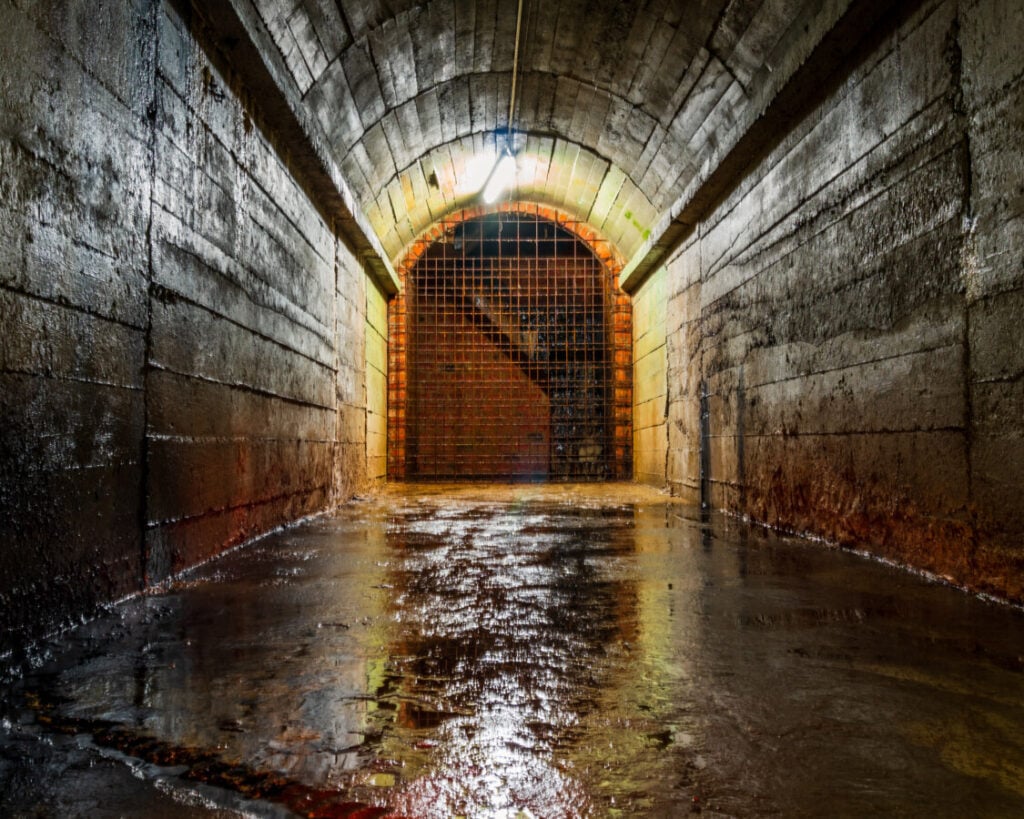
Some of the most overlooked and unique World War II sites in Europe can be found in the Channel Islands in the English Channel. The only British territories to fall under Nazi occupation, the history of the German occupation is fascinating.
As well as making life hell for the locals, it’s known that the Germans operated concentration camps around the Channel Islands. They also employed slave labor to build their fortifications.
While there are numerous WWII museums and sites around the Islands, Guernsey is a great place to see intact German coastal defenses in varying states of repair and accessibility. Some of these bunkers and spotting towers are completely blocked off, while others are abandoned but open to explore. At least one or two have been refurbished to resemble their wartime appearance.
Another top WWII attraction in Guernsey is the spooky German Underground Hospital. Far less sanitized than its counterpart on the island of Jersey, it’s a super eerie hidden gem.
Related Resources



